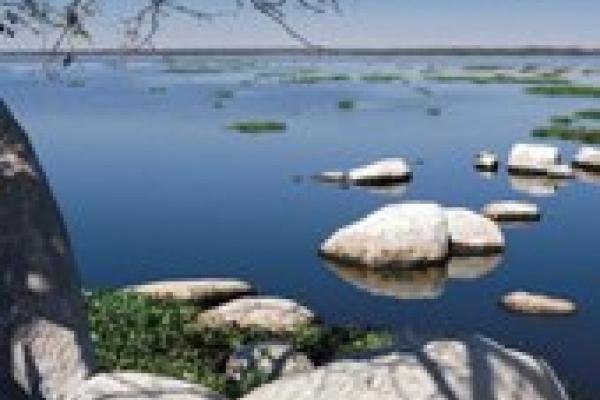AJAS paper published

Our paper Studying the Logone floodplain, Cameroon, as a coupled human and natural system was published in the African Journal of Aquatic Science. Here is the abstract: African floodplains are an excellent example of coupled human-natural systems because they exhibit strong interactions among multiple social, ecological, and hydrological systems. The intra-annual and inter-annual variations in seasonal flooding have direct and indirect impacts on ecosystems and human lives and livelihoods. Coupled Human and Natural System (CHANS) is a broad conceptual framework that is used to study systems in which human and natural components interact. While there are other conceptual frameworks to study social-ecological systems, the CHANS framework offers a clear way of studying the interactions, called couplings, between human and natural systems. Core features of the framework are the following: human and natural systems are analytically separated; focus is on processes within and couplings between systems; and the goal is to build an integrative, quantitative model of the coupled system. This paper explains the conceptual framework of coupled systems, using the case study of the Logone floodplain in Cameroon. We compare the CHANS framework with other frameworks that have been used to study the same floodplain, and argue for its usefulness in the study of African floodplains.
